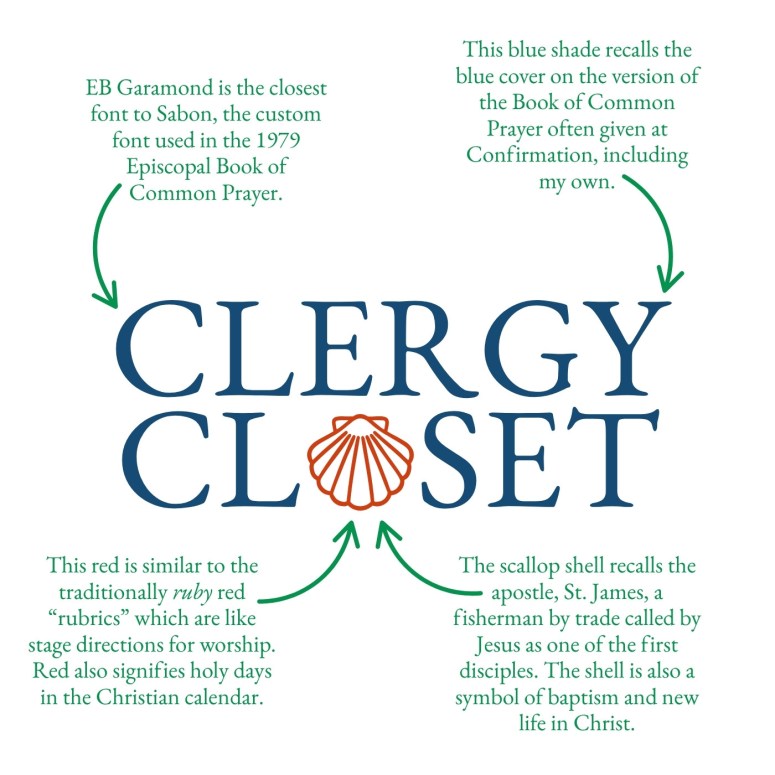After having “high-waisted 100% linen trousers on my wishlist for years, I finally decided to take the plunge an invest in a quality, sustainable pair this summer. Since I already spent hours of research vetting brands for my own purposes, I thought I’d share my findings with you too.
In this guide, you’ll find a curated list of more sustainable linen trousers. I know how much time it takes to vet through dozens of brands and hundreds of products, so I’ve done that work for you.
Here’s what “sustainable linen trousers” means to me:
I know the word sustainable gets thrown around all the time and you may have become suspicious of that term. While there is no single agreed-upon definition, I’ve been researching, writing about, and working in this space for 10 years — and this is how I interpret the term for linen trousers. And for the record, this isn’t all or nothing! The more elements a brand has, the better — it’s not that if a brand is missing one item from the list, it’s “unsustainable.”
Sustainable linen trousers means:
Made with 100% linen
Where possible I avoid blends with synthetic fibers (like polyester) which are derived from fossil fuels. I even prefer a 100% linen fabric over a linen-cotton blend, because single-fiber fabrics are also easier to recycle at the end of their life.
Organic or OEKO-TEX® STANDARD 100 Certified
Natural fibers can still be grown with synthetic pesticides, fertilizers, and herbicides. So organic is preferable, though admittedly rare when it comes to linen. That means for linen, I’ll look for the OEKO-TEX® STANDARD 100 certification, which tests products for 100+ common harmful substances including heavy metals, Azo dyes, and formaldehyde.
Quality construction
This may be difficult to determine online, so I’ll look to reviews for this. If in person or trying the garment on, look for even stitching and reinforced or strong seams, especially at stress points (like the crotch area). The trousers should fit well: they shouldn’t pull or pucker, they shouldn’t bunch in the back, and you’ll want to be able to sit and move comfortably. Keep in mind, though, that trousers are usually made with mass-produced sizing systems. So even a quality pair may not fit perfectly — that’s what tailors are for!
Lower-impact dyes and dyeing processes
This includes dyes that require less water in the dyeing process, dyes with few to no toxic chemicals, and dyeing processes that minimize or eliminate effluent. Undyed linen can also be beautiful.
Fair labor
Ethics are part of sustainability — does the brand consider safe labor conditions, ensure worker rights, and fair wages? What specifics do they give and how do they ensure those standards are being met?
My Picks for More Sustainable Linen Trousers
Again, the sustainability journey isn’t all or nothing — these are elements I look for when checking brands but a brand may not meet every single element. Sustainability in your own life is also about finding trousers that you actually enjoy wearing and that suit your style too.
So if choosing between a brand that meets 100% of the criteria but you won’t actually wear their trouesrs often because they’re not your style vs. a brand that meets 70% of the criteria but you’ll wear those a hundred times, I would go with the latter.
Note that some of these links are affiliate links. As always, I only feature brands I love and meet my own sustainability criteria that I would share regardless.
1. The RealReal
(Secondhand First!)
Part of a holistic approach to sustainable fashion is a secondhand first mindset. After exploring what we have, choosing pre-loved is our next best bet.
I found a number of 100% linen trousers in popular brands like Reformation and Faithfull the Brand on The RealReal. Before adding to bag, check the measurements (though these are sometimes inaccurate on secondhand sites) in addition to the size and double check that the item condition is something you feel comfortable with. ThredUp is another solid option with their 100% Linen filter!
2. Eileen Fisher
Size Range: XXS – 3XL
Eileen Fisher is a classic slow fashion option with a number of effortless linen trousers in classic fits. My pick would be their linen wide-leg trousers, which are pictured in their undyed option.
The New York-based brand’s trousers are made in Fair Trade Certified™ factories from organic linen. Additionally, the fabric is bluesign® APPROVED —a certification vetting for safe chemicals.
I also love that Eileen Fisher has several circularity programs in place, including their RENEW resale offering and “Waste No More” program.

3. Everlane
Size Range: 00-16
Everlane has several options for linen trousers (just go to the Fabric filter and select “Linen”) but for 100% linen, you can go for either The Linen Easy Pant (elastic waist) or The Linen Way-High® Drape Pant (non-elastic waist). I bought the drape pant because it could easily be dressed up for an evening out!
Both options are made with 100% European Flax™ Linen, which is extracted with a mechanical process for a lower impact and zero-waste operation.

4. notPERFECTLINEN
Size Range: XS – XXL
A Lithuanian brand known for their made-on-demand linen garments, notPERFECTLINEN is a slow fashion brand with trousers made with OEKO-TEX® Standard 100 certified linen.
For a casual option, you could opt for these trousers with an elastic waistband. The label also offers a non-elastic high-waisted pair that could be more versatile. All styles come in a diverse array of color and print options.
Because the pieces are crafted on a pre-order basis, you may just have to wait a bit for your pieces!
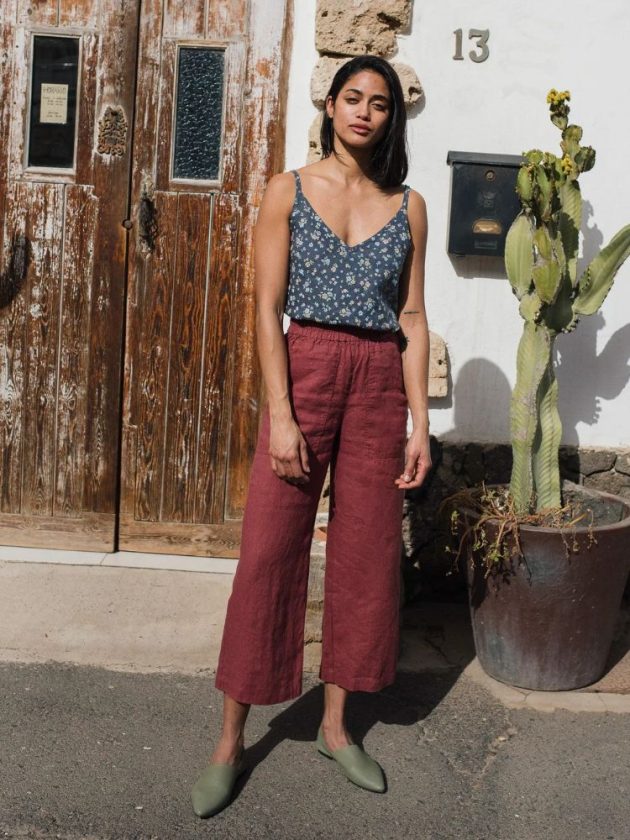
5. Nettle Studios
Size Range: XS – 5XL
Natural doesn’t have to mean boring — San Francisco-based Nettle Studios has 100% linen trousers come in a variety of fun hues like lilac and chartreuse. The pants are even dyed locally in California!
What stands out most about this slow fashion brand, though, is their attention to inclusivity and thoughtful sizing. Not only do their easy-fit linen trousers come in sizes up to 5XL, but they offer four (!!) different inseam lengths.
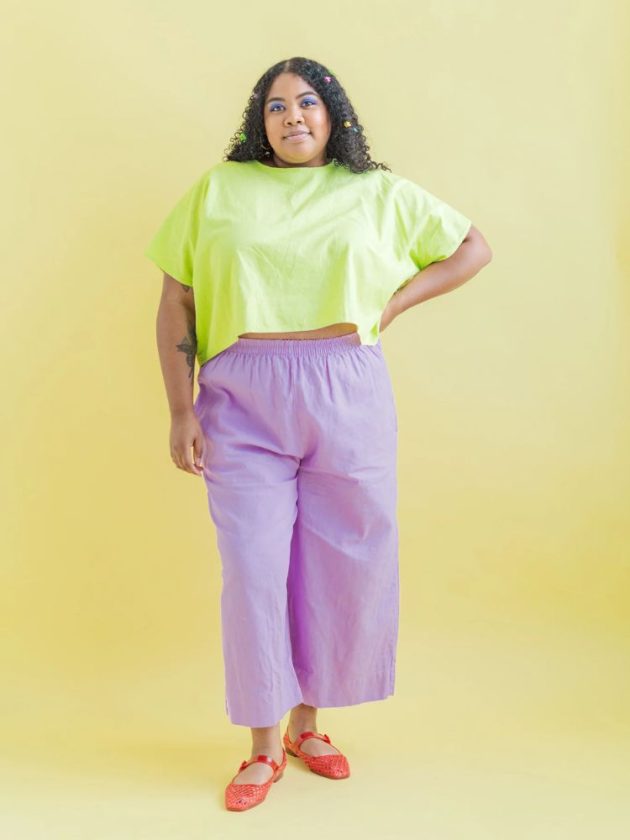
6. Reformation
Size Range: 0-12 | some styles available in extended sizes (12-24) and petite sizing
Sustainable fashion staple Reformation has several options for 100% linen trousers in a range of styles, from loose and carefree to tailored and elevated.
But it’s not just about the materials — Reformation has an impressive climate plan, a roadmap to circularity, and is a member of the Fair Labor Association. If you want to really nerd out on this stuff, you can see their progress via the brand’s annual reports.
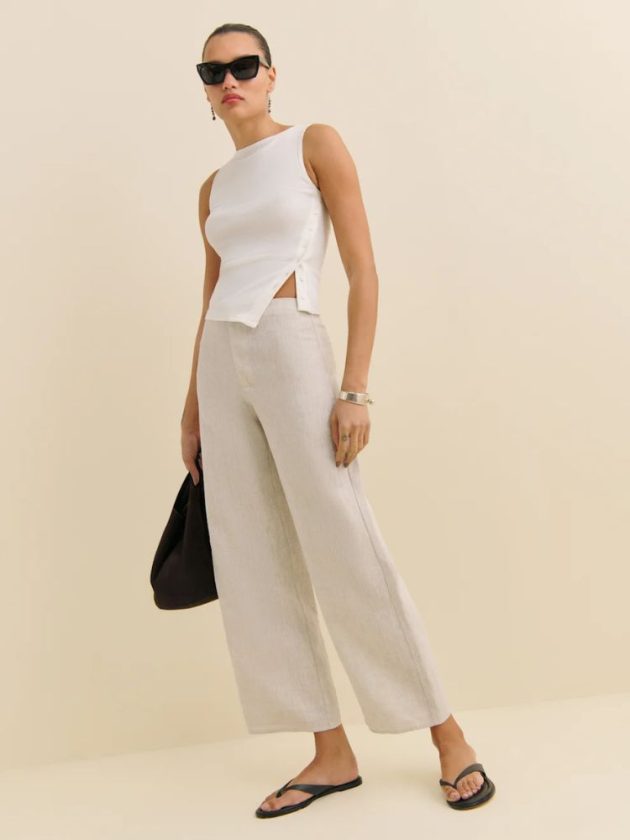
7. Magic Linen
Size Range: XS – XL
Another option for wide-leg linen trousers is Magic Linen. Made with 100% linen, their OEKO-TEX Standard 100 trousers are perfect for everything from lounging at home to dressing up on your summer vacation.
The trousers are made with mid-weight linen and are stone-washed for a broken-in feel from the first wear. I have linen bedsheets and curtains from Magic Linen that are both fantastic quality — and by the look of their 4.9-star shop rating, the garments seem to measure up just as well.

And that’s a wrap for our guide to linen trousers! I hope that you’ll find a pair you’ll love in this guide. Keep in mind that linen is a natural fabric with “flaws” — like wrinkles — that add to its character! While I wouldn’t recommend linen for a work blazer, it can be beautiful in a trouser worn on a summer day or elevated with a strappy sandal and blouse for night.
To lengthen the life of your linen garments, wash on cold in a gentle cycle and hang-dry whenever you can.
Liked this guide? You may also enjoy…
The Best Linen Clothing Brands with Easy Breezy Beautiful Pieces
Sustainable Fashion Marketplaces for All-in-One Conscious Shopping
Sustainable Hats for Every Sunny Adventure

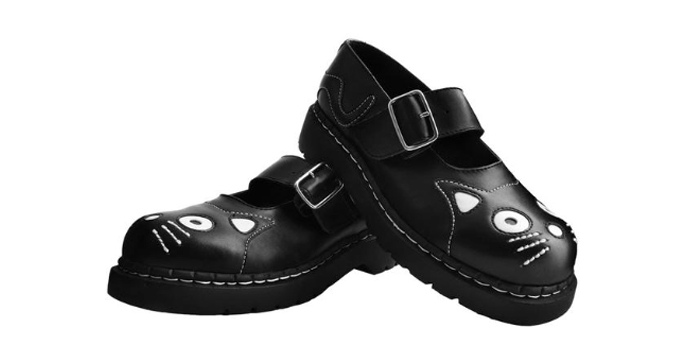


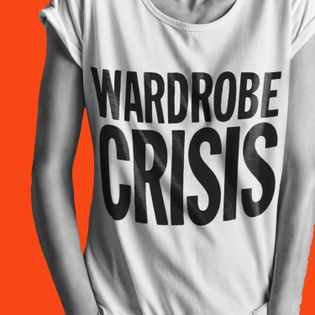


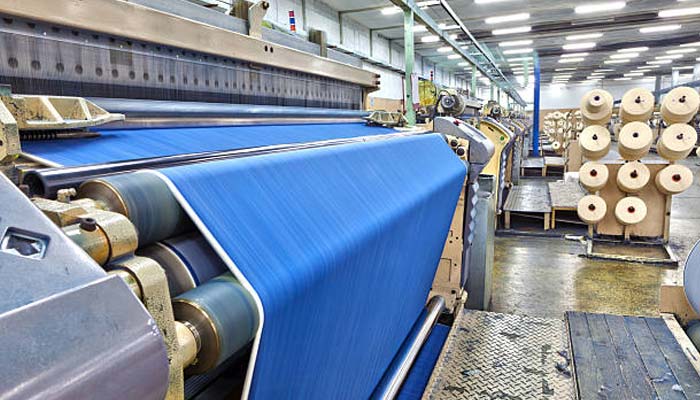


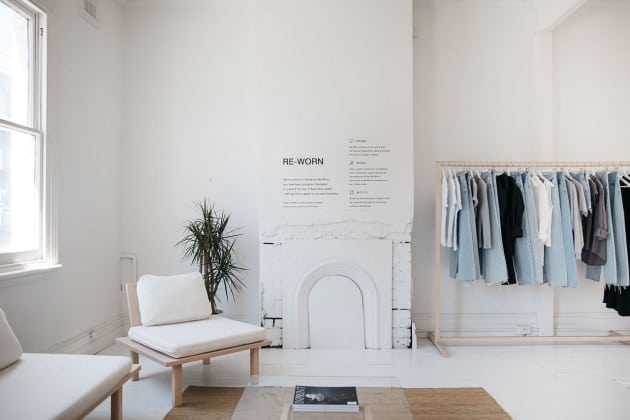

 The gem ring I’m wearing in the images is from Caroline Hjerpe. All its jewellery is designed and handmade in Sweden. The rings are unique colours and shapes, and because they use selected small family-run gemstone cutters, it’s possible to know the origin of every gemstone. Caroline Hjerpe uses recycled gold and silver. I’m wearing a peach sapphire surrounded by gold. I’m trying to figure out which colour to buy next. Caroline Hjerpe also sells secondhand versions of their rings; they work out a little cheaper and are even more eco-friendly.
The gem ring I’m wearing in the images is from Caroline Hjerpe. All its jewellery is designed and handmade in Sweden. The rings are unique colours and shapes, and because they use selected small family-run gemstone cutters, it’s possible to know the origin of every gemstone. Caroline Hjerpe uses recycled gold and silver. I’m wearing a peach sapphire surrounded by gold. I’m trying to figure out which colour to buy next. Caroline Hjerpe also sells secondhand versions of their rings; they work out a little cheaper and are even more eco-friendly. Are luxury brands sustainable?
Are luxury brands sustainable? Here are a few simple tips for buying an ethical ring
Here are a few simple tips for buying an ethical ring Where to buy ethical rings
Where to buy ethical rings The emerald-cut green moissanite and lab-grown diamond ring from Ethica Diamonds is a beauty. I like the fact that it’s called ‘The Evelyn Ring.’ It’s an Art Deco design made with recycled gold. For a guaranteed conflict-free salt and pepper diamond, try this ring from Lebrusan Studio. The diamond was mined in Canada and is probably prettier than a brilliant diamond. The band is made from recycled gold, and I love the design of it. The ring was made as part of the “Created in the UK” initiative.
The emerald-cut green moissanite and lab-grown diamond ring from Ethica Diamonds is a beauty. I like the fact that it’s called ‘The Evelyn Ring.’ It’s an Art Deco design made with recycled gold. For a guaranteed conflict-free salt and pepper diamond, try this ring from Lebrusan Studio. The diamond was mined in Canada and is probably prettier than a brilliant diamond. The band is made from recycled gold, and I love the design of it. The ring was made as part of the “Created in the UK” initiative. Subscribe for more
Subscribe for more
